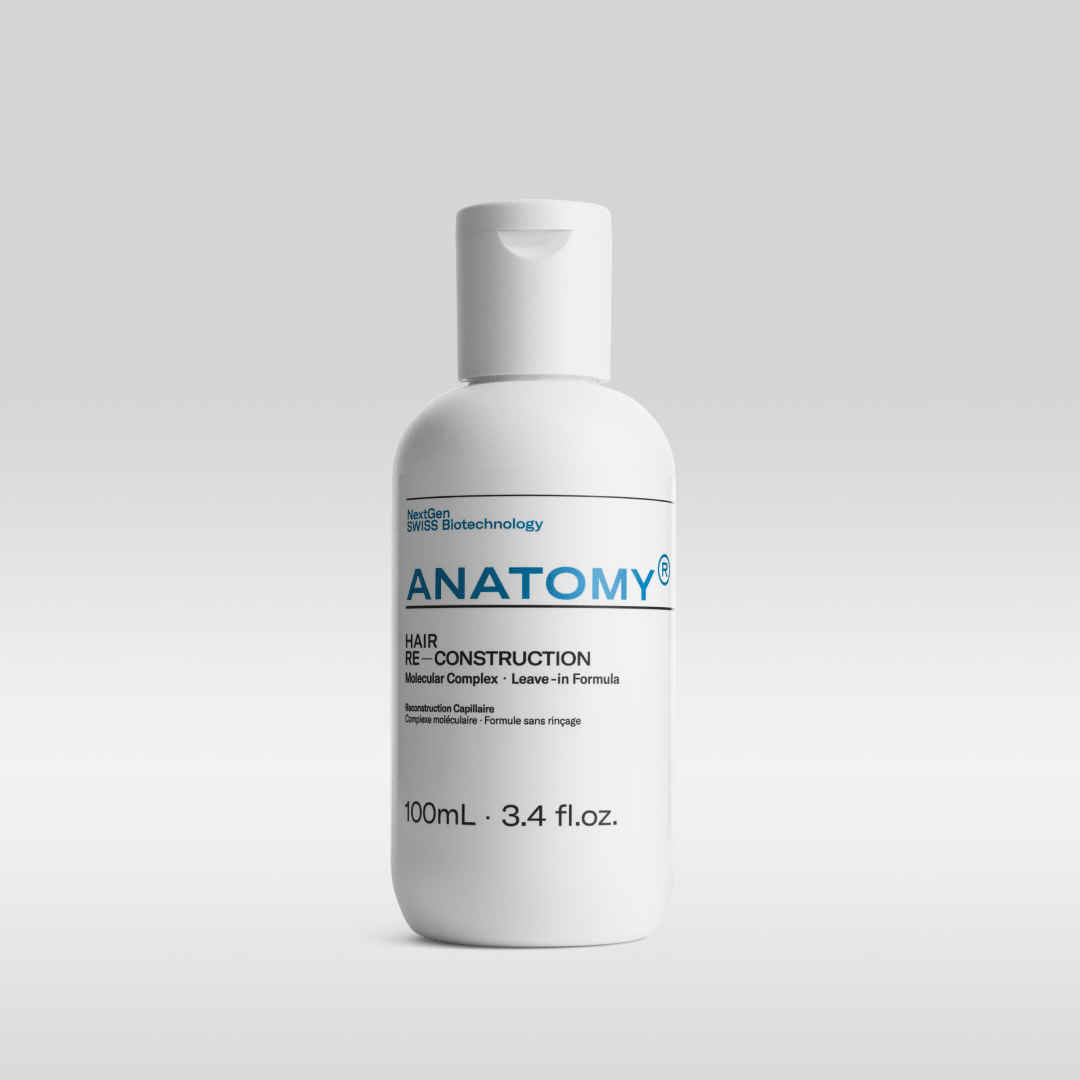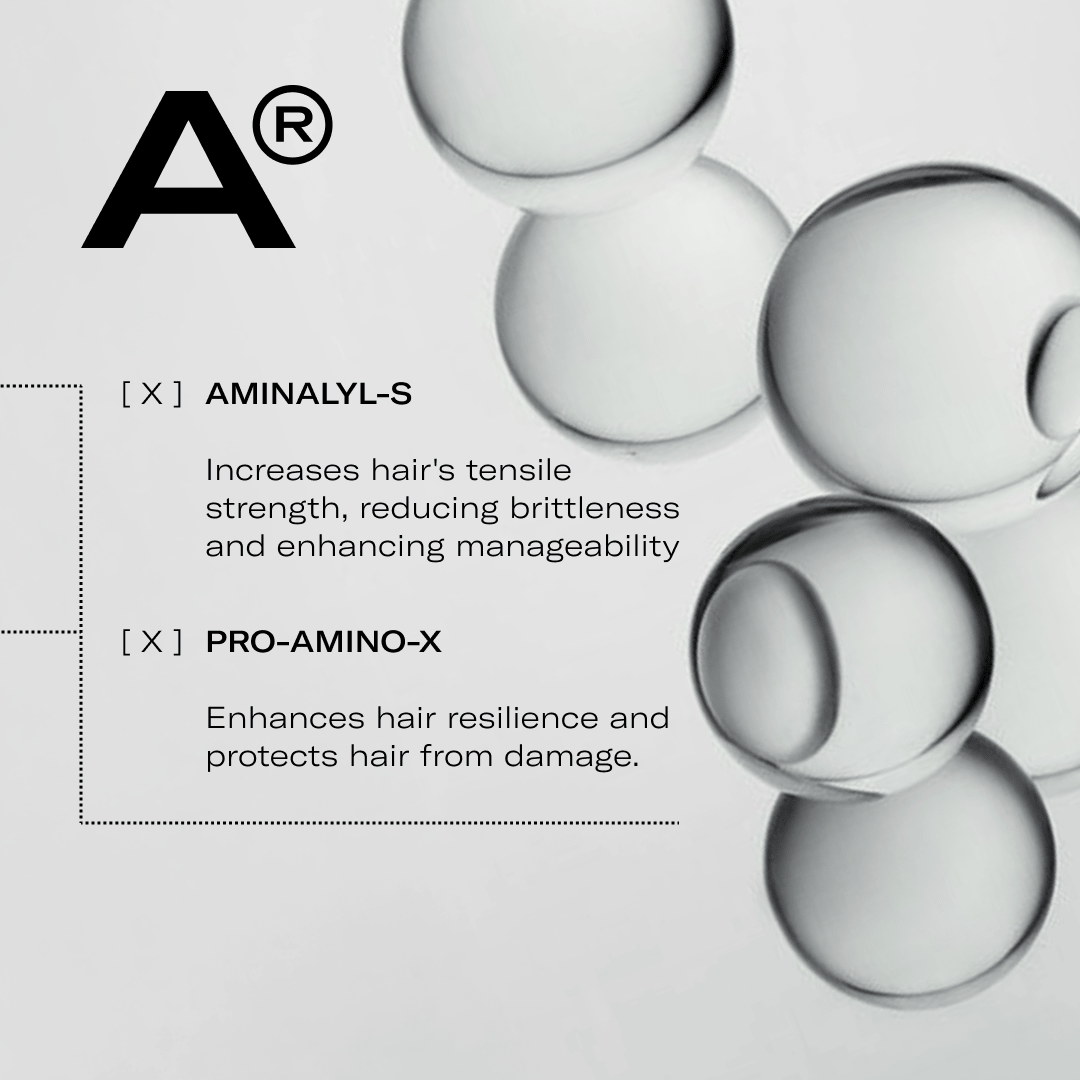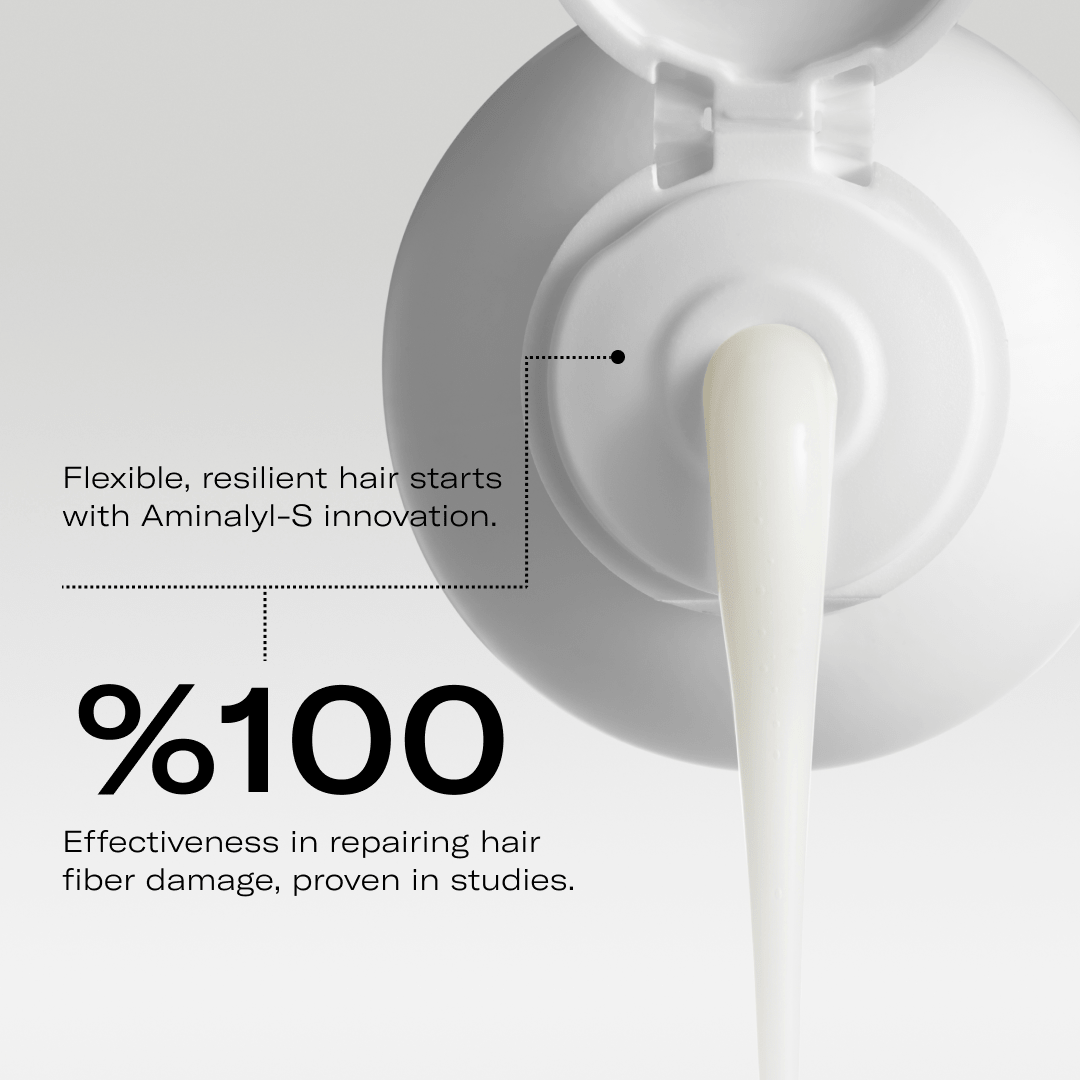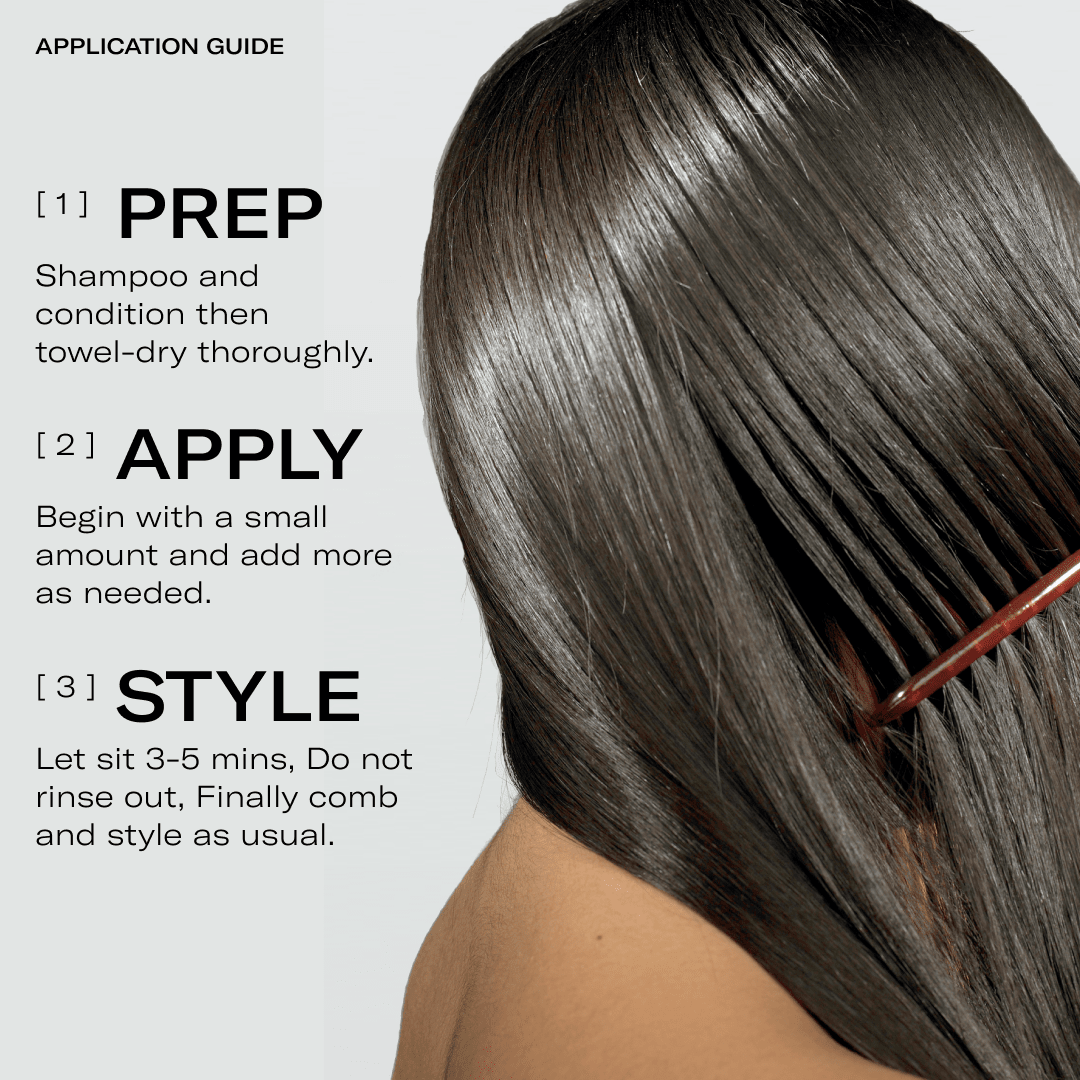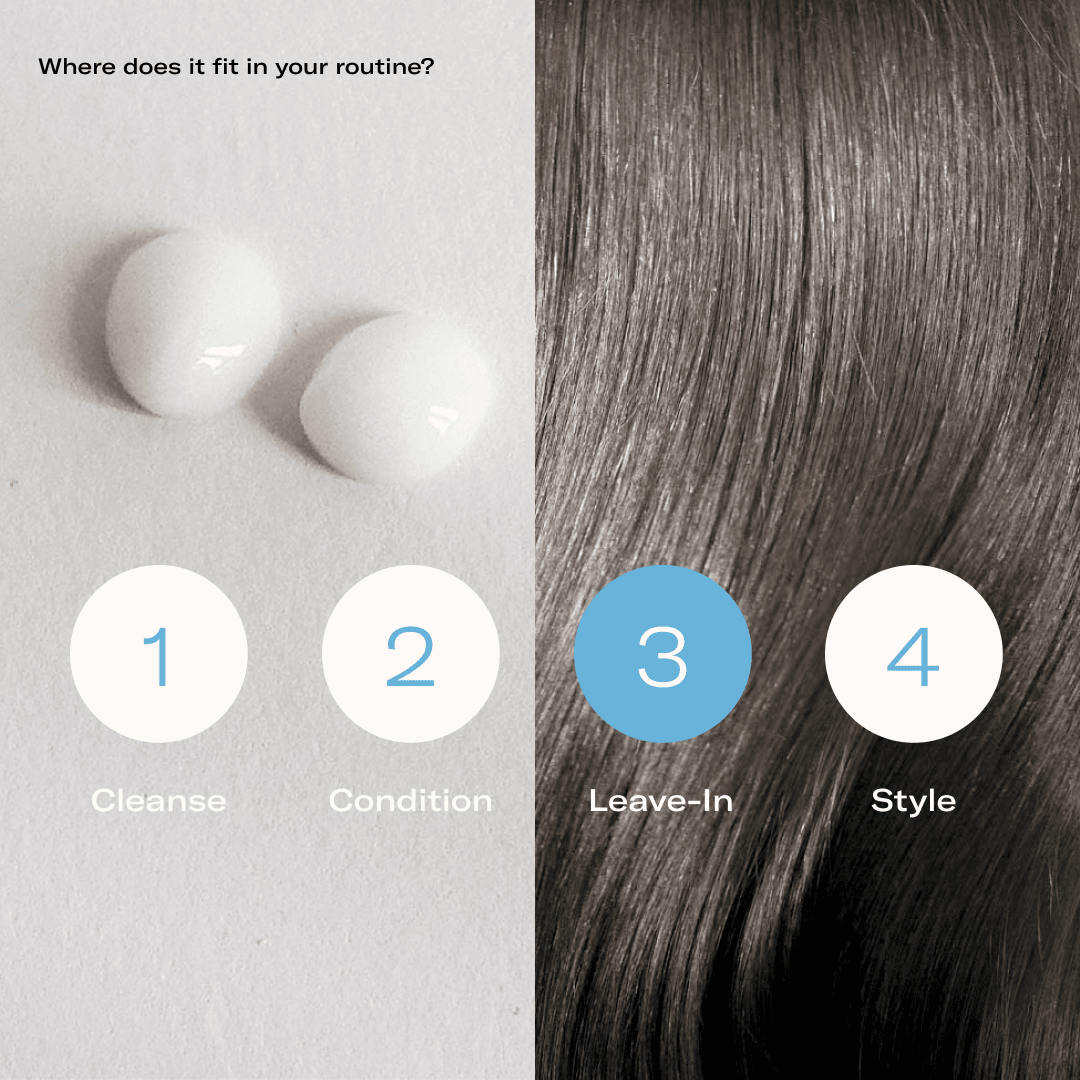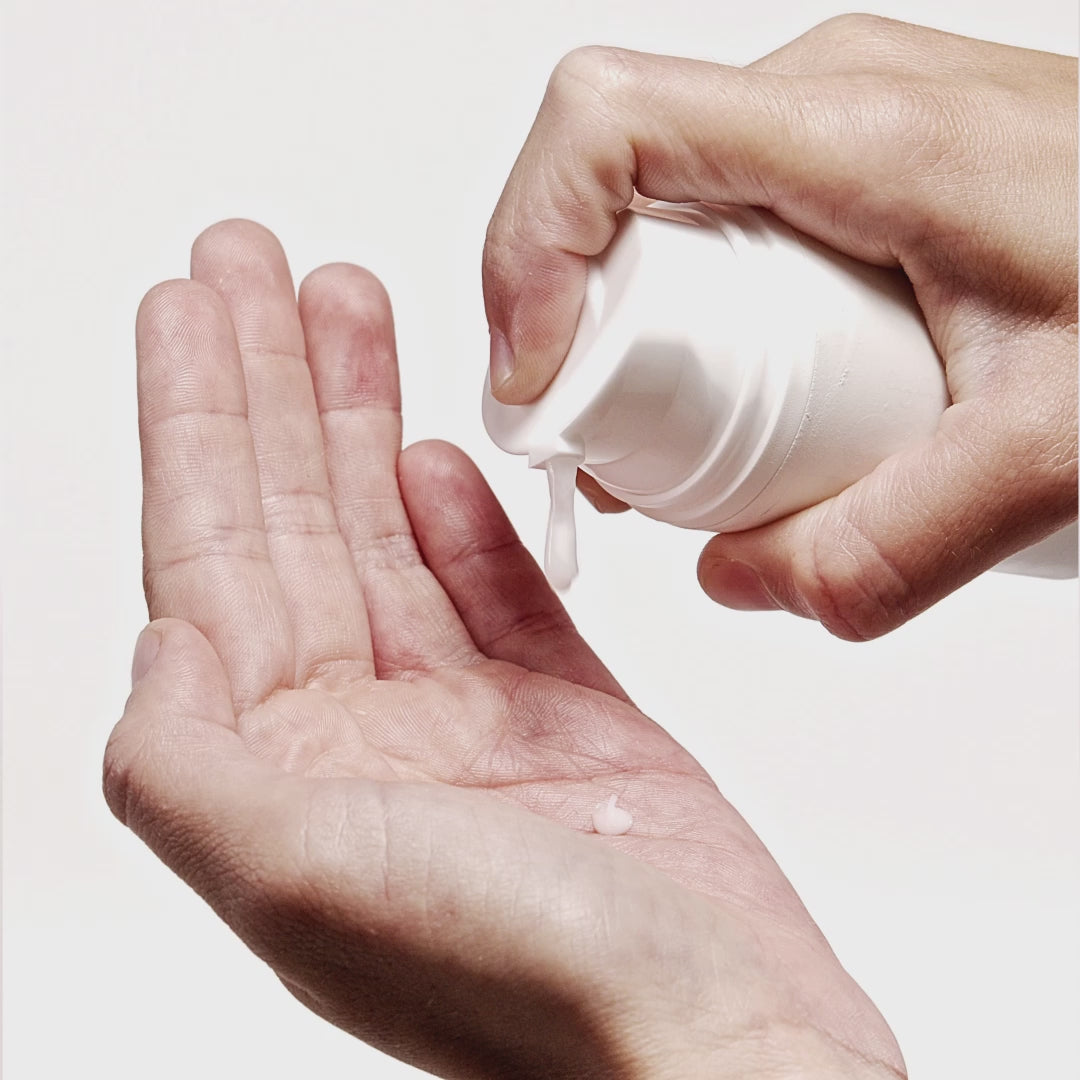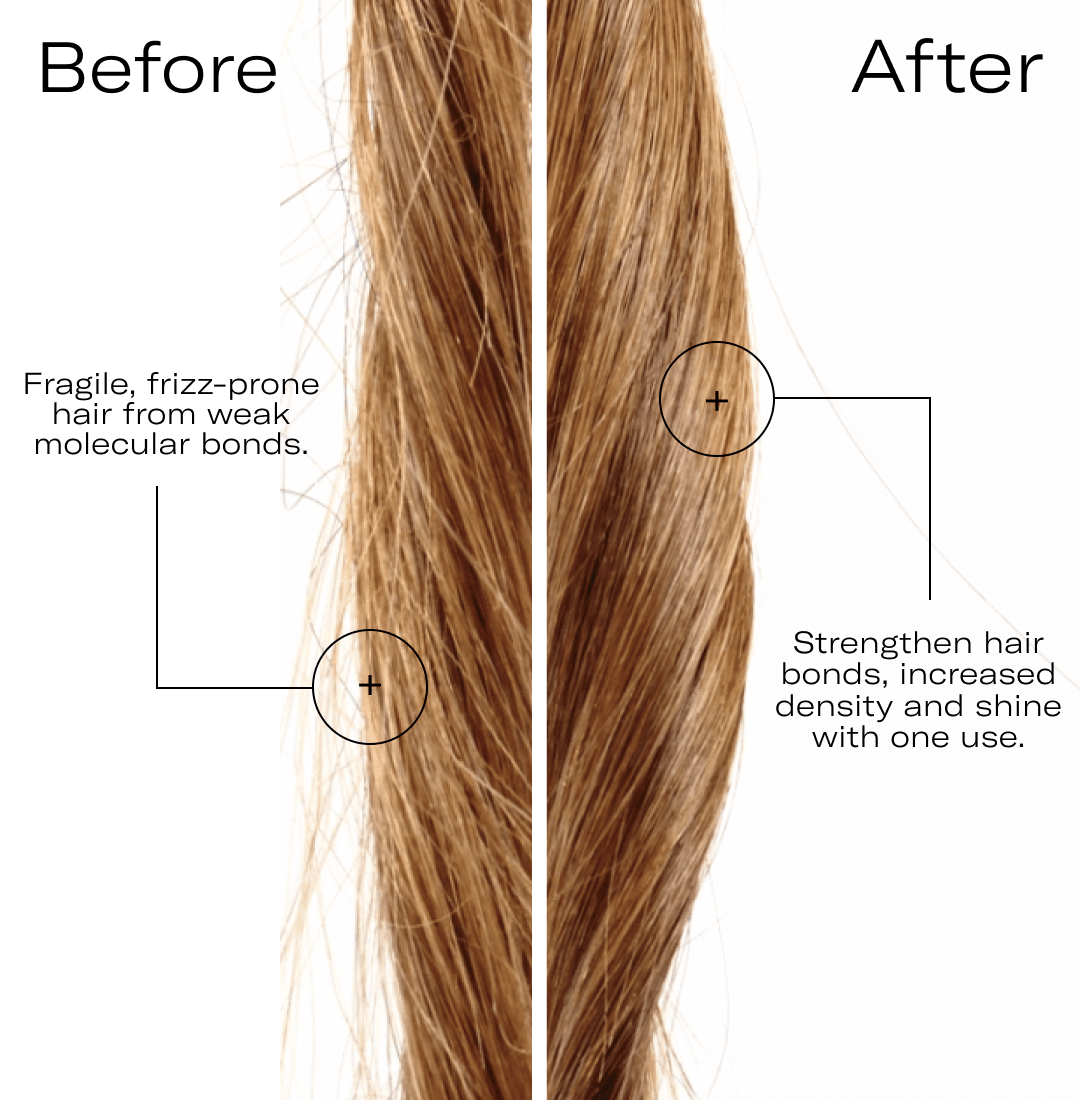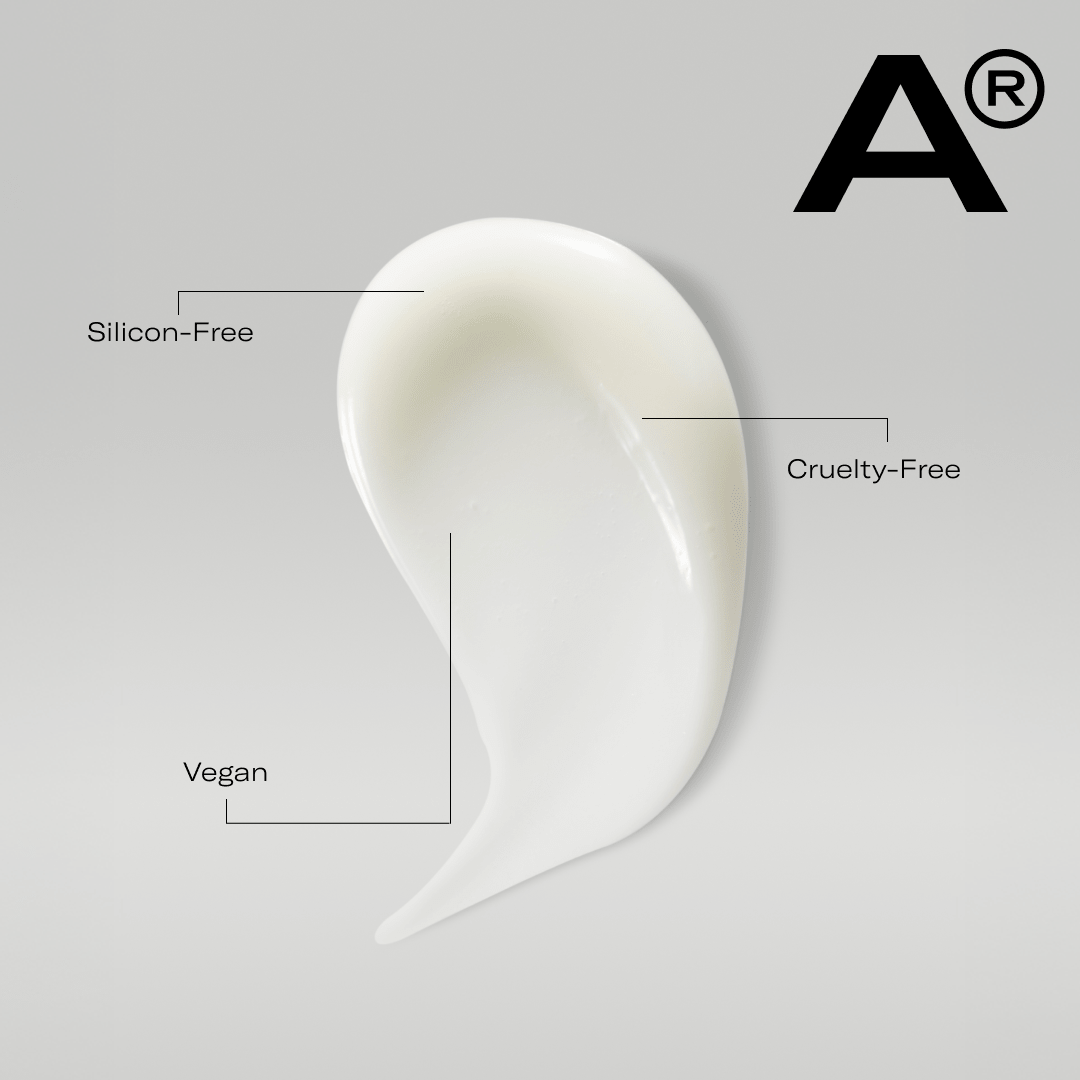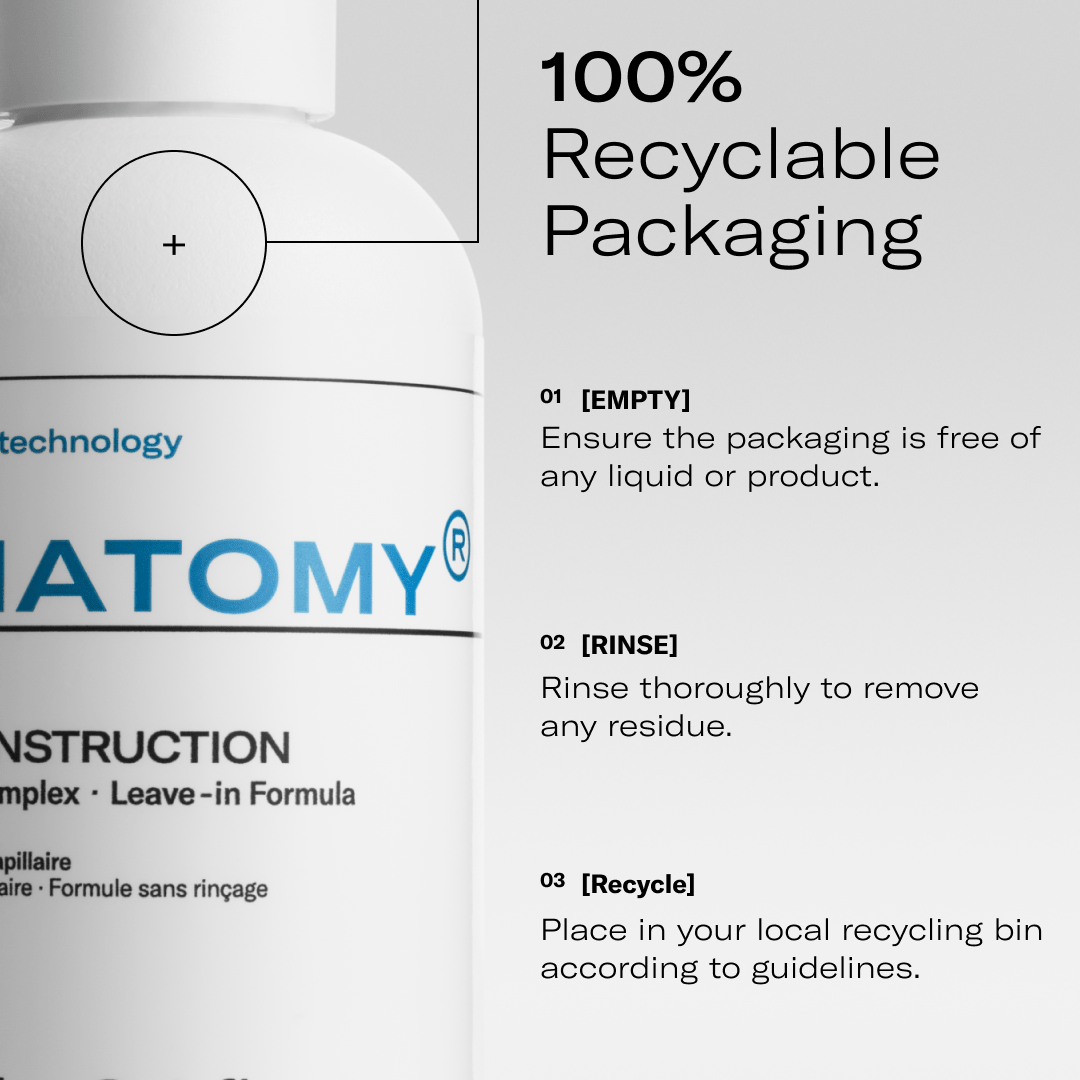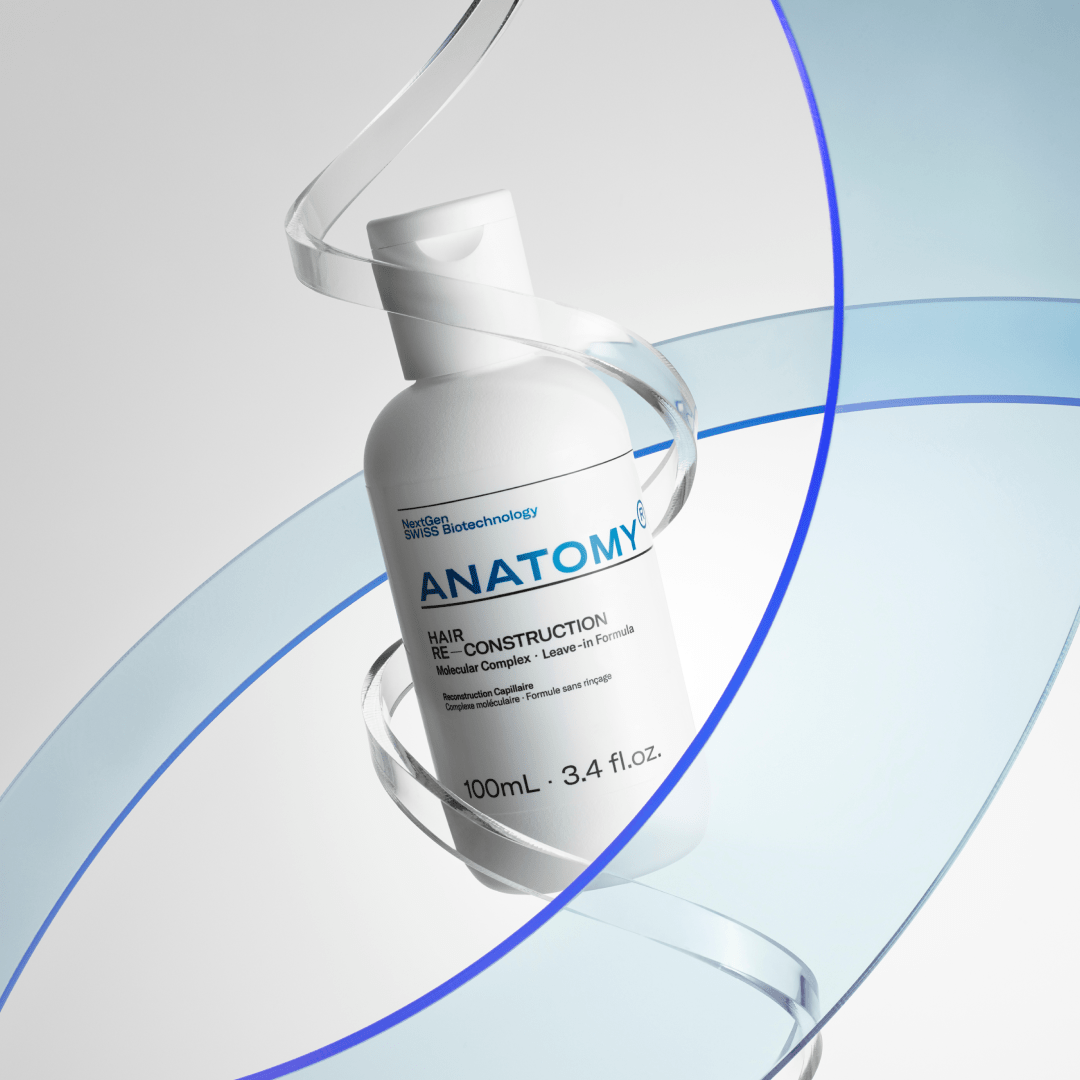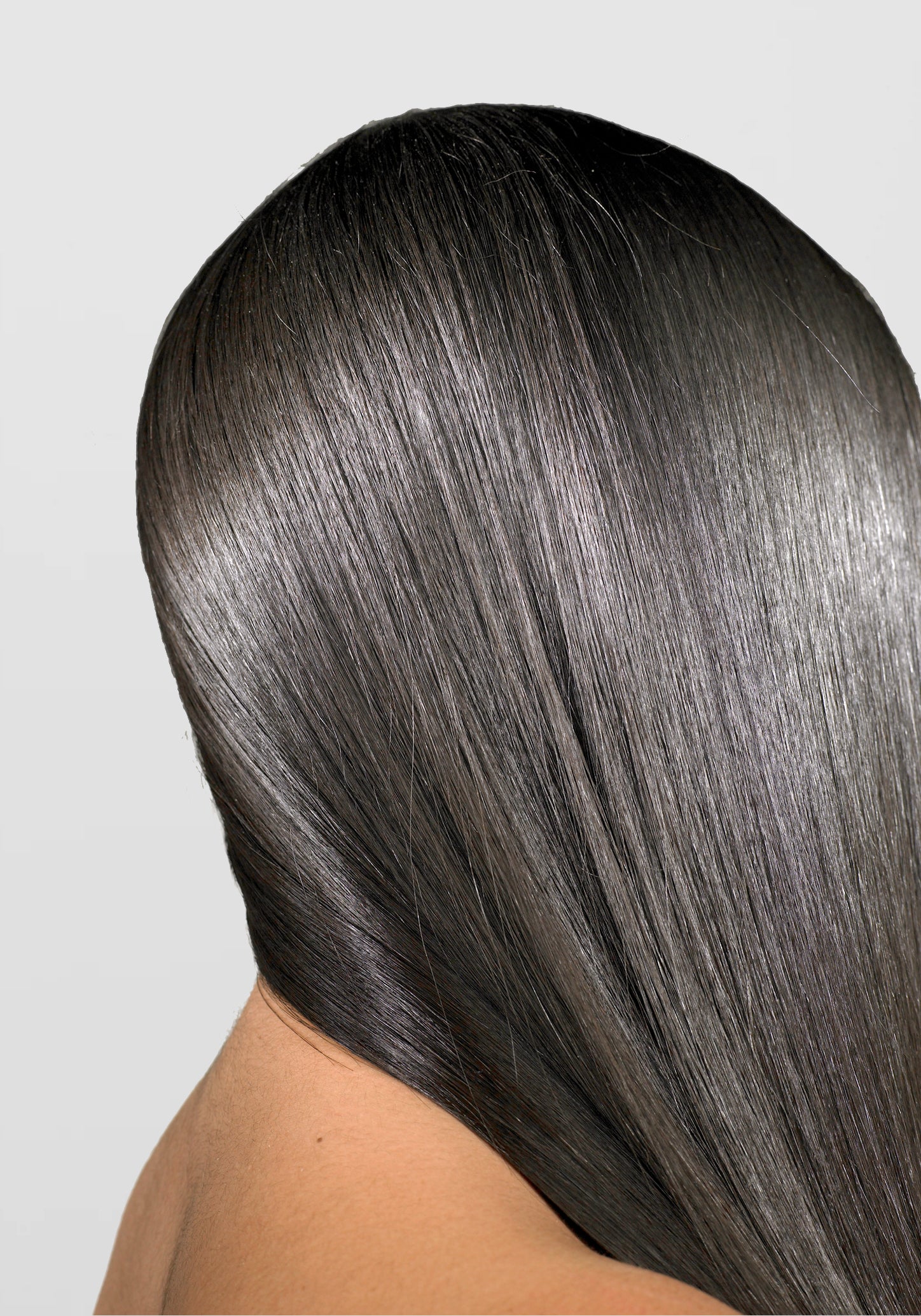
The Science Behind ANATOMY® Hair Care
At ANATOMY®, we are dedicated to transforming hair care through advanced biotechnology. Our innovative approach focuses on repairing, strengthening and protecting hair at the molecular level using click chemistry based on the environmentally friendly thiol -ene and -yne recombination reactions. This breakthrough science enables us to deliver unparalleled results that reverse damage by repairing hair and rendering it strong and healthy.
Understanding Hair Structure and Damage
Hair is composed of keratin proteins, held together by disulfide bonds. These bonds are crucial for maintaining hair’s strength and resilience. Daily exposure to chemical treatments, heat styling, and a myriad of environmental factors can break these bonds, leading to weakened and damaged hair.
The Role of Disulfide Bonds
Disulfide bonds act as molecular anchors within the hair fibers. When these bonds are intact, hair is strong and flexible. Broken disulfide bonds compromise hair’s structure, making it susceptible to breakage. Repairing these bonds is essential for restoring hair health.
Damaged Hair

Thiol Recominbation: A Revolutionary Approach
Thiol recombination involves using specially designed sulfur-reactive compounds, to restore disulfide bonds in hair. This method is highly effective because it directly addresses damage at the molecular level, effectively reforming these critical bonds and restoring hair's natural strength and flexibility.
Healthy Hair

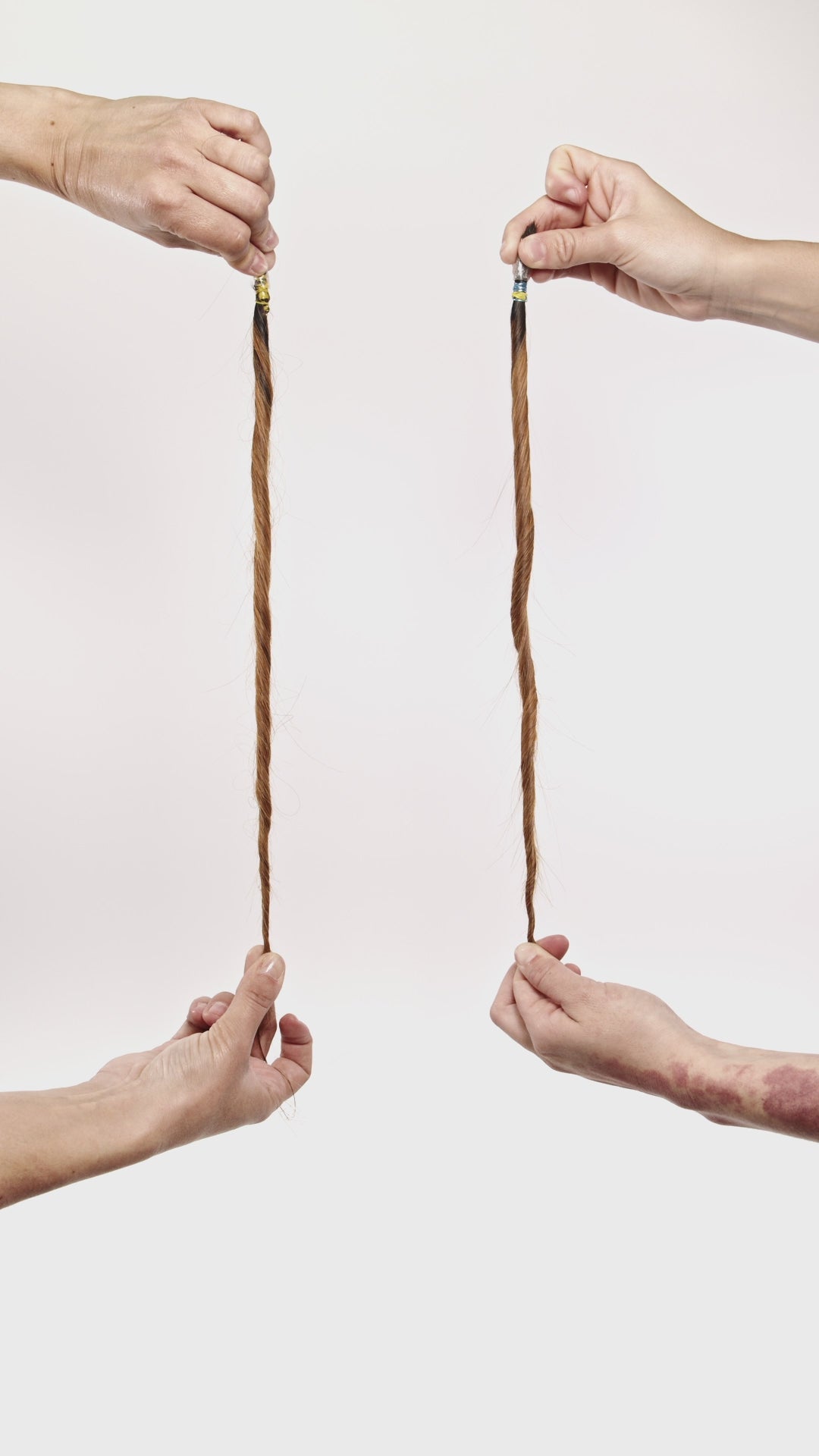
Thiol -Ene and -Yne Click Chemistry
Thiol -ene and -yne click chemistry involve adding free thiols to alkenes and alkynes, forming strong, flexible compounds that mimic natural disulfide bonds in hair. Advantages include:
High Efficiency: The reaction is very fast yielding robust linkers that integrate seamlessly into the hair structure.
Mild Conditions: The process occurs at room temperature and mild conditions, preventing further damage to hair fibers.
Versatility: Thiol -ene and -yne click chemistry technology creates various two- and three- dimensional linkers to fully repair damaged hair and address specific hair-care needs.
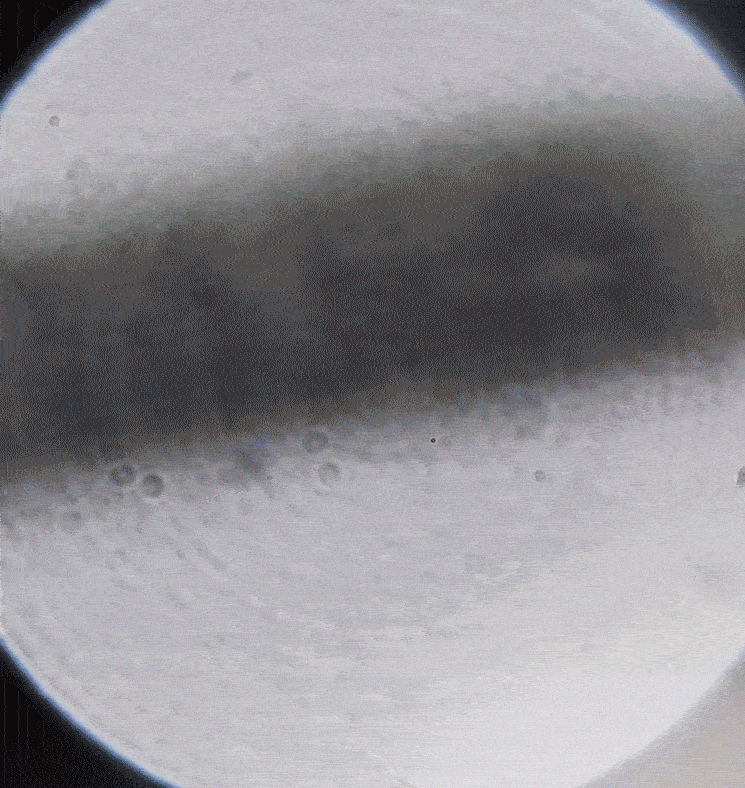
Our proprietary molecules, Aminalyl-S and Pro-Amino-X, leverage thiol -ene and -yne click chemistry to provide unparalleled hair repair and protection.
ANATOMY® molecules penetrate hair fibers, targeting and repairing broken disulfide bonds through thiol recombination, thus restoring structural integrity.
They integrate into the keratin structure, enhancing elasticity and strength, making hair resilient and less prone to breakage. Advanced linkers from thiol-ene and -yne click chemistry form a protective barrier against environmental damage like UV rays and pollution. This treatment improves manageability and appearance, resulting in smoother, bouncier, and shinier hair that feels healthier.
Understanding Hair Structure and Damage
AMINALYL-S
FUNCTION
Rebuilds disulfide bonds, restoring hair's natural strength and flexibility.
BENEFITS
Significantly improves hair elasticity and reduces breakage. Studies show that hair treated with Aminalyl-S has a notable decrease in e-modulus, indicating increased flexibility and resilience.
PRO-AMINO-X
FUNCTION
Enhances hair resilience by repairing internal bonds and protects hair from damage.
BENEFITS
Increases hair's tensile strength and overall health. Clinical tests demonstrate that Pro-Amino-X effectively reduces tensile strength at 15% extension, reducing brittleness and enhancing manageability besides future-proofing the repaired hair fibers from any damage.
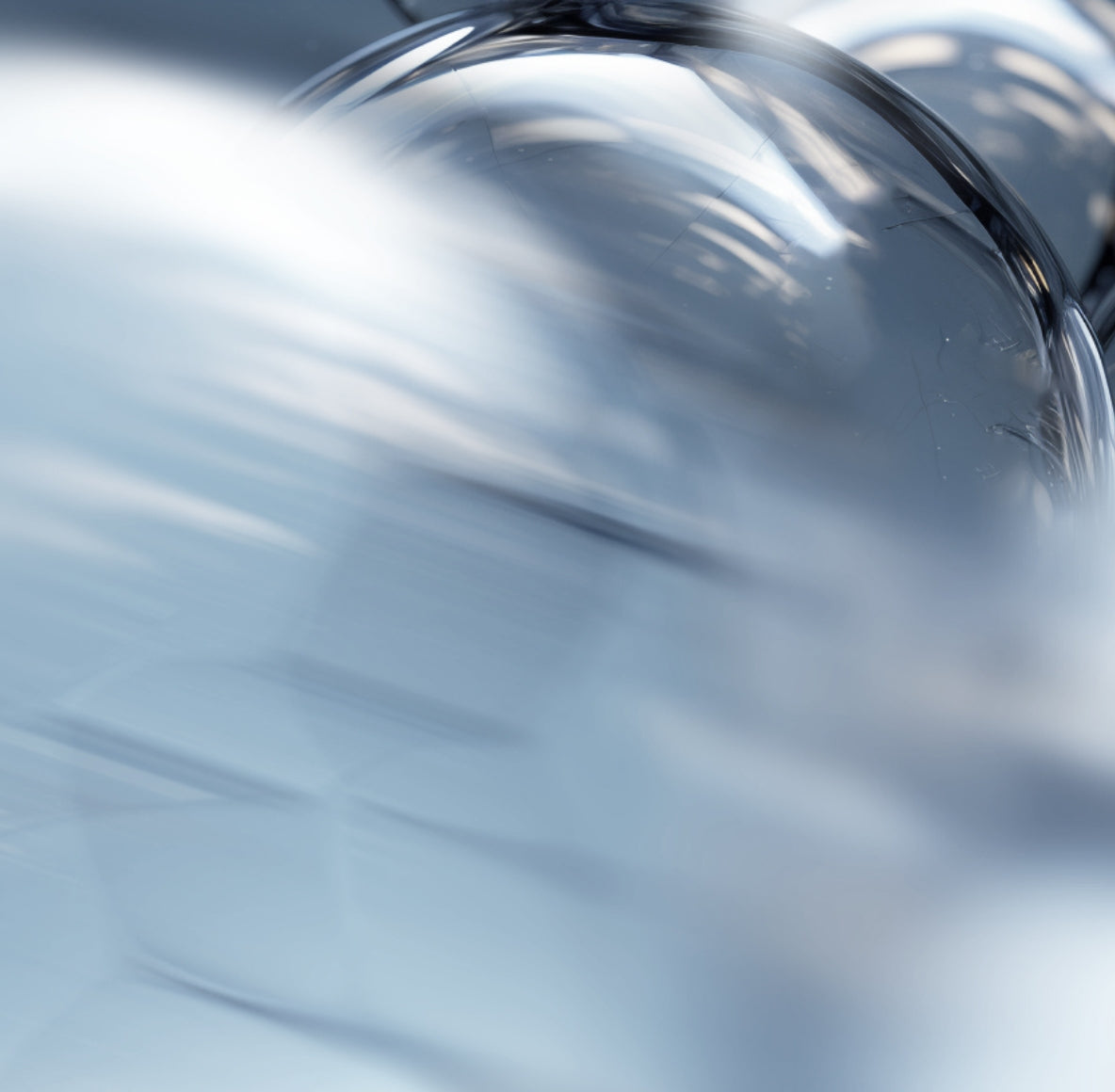
Our commitment to scientific validation is unwavering. The efficacy of ANATOMY® products is supported by rigorous studies conducted independently.
An independent study evaluated the mechanical properties of hair treated with ANATOMY® molecules. Key metrics included the elastic modulus (E-modulus) and tensile strength at 15% extension. The results were compelling:
THE RESULTS
Elastic Modulus (E-Modulus):
Significant reduction in E-modulus indicates increased hair flexibility. Hair treated with ANATOMY® molecules showed a substantial decrease of their E-modulus, making it more elastic and less prone to breakage.
Tensile Strength:
Lower tensile strength at 15% extension signifies reduced brittleness.
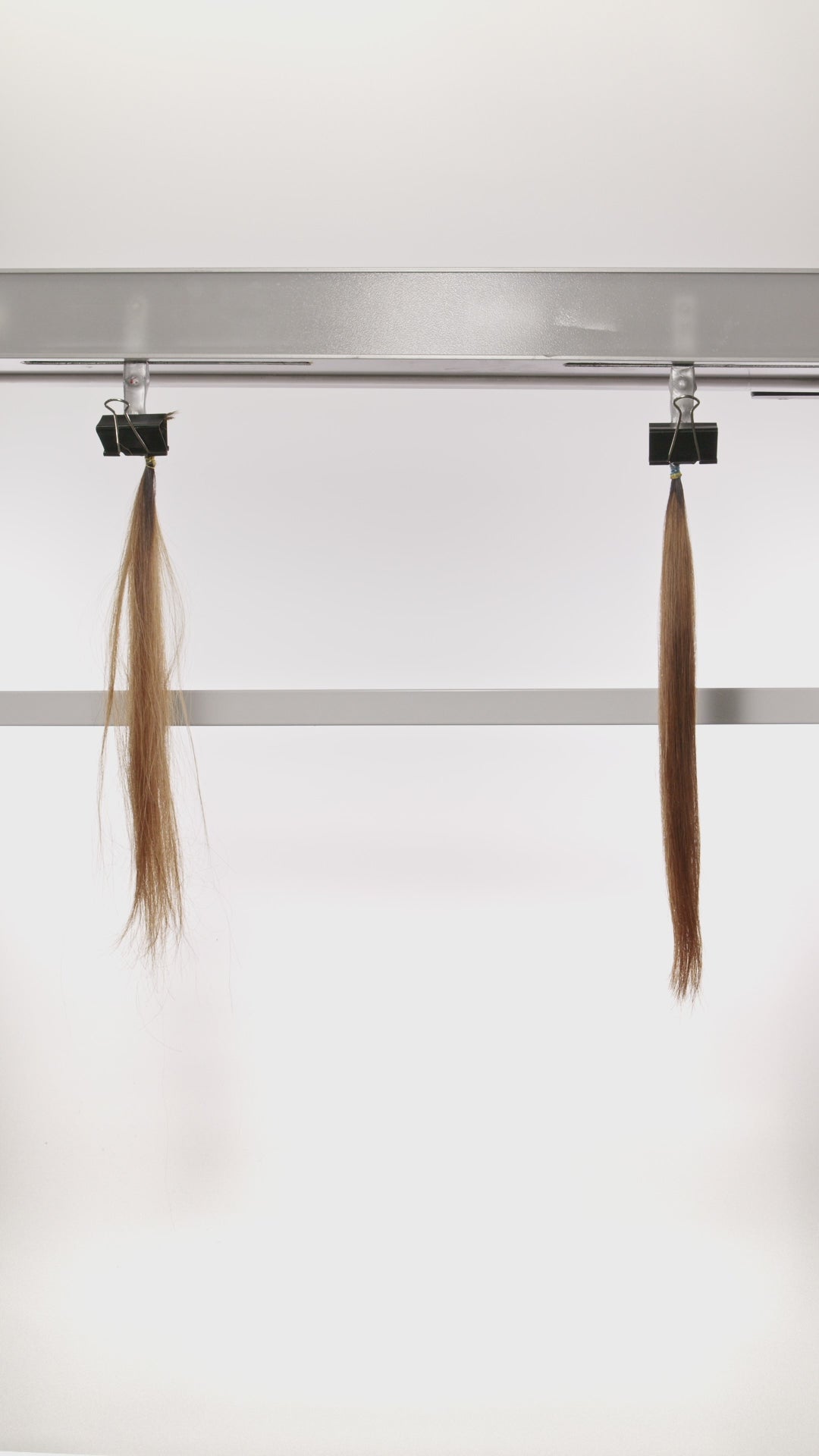
Comparing Thiol Recombination with Traditional Disulfide Bond Restoration
Traditional methods of disulfide bond restoration often rely on products that temporarily coat the hair fibers, providing superficial improvements without addressing the underlying cause of acute damage at the molecular level.
These treatments typically involve conditioning agents that smooth the hair cuticle and improve its manageability but do not repair the internally deteriorated structure of the hair.
Key Differences:
Depth of Repair
Traditional Methods:
Primarily work on the surface of the hair, providing a temporary fix.
Thiol Recombination:
Penetrates deep into the hair shaft, repairing disulfide bonds at the molecular level for long-lasting results.
Mechanism of Action
Traditional Methods:
Use conditioning agents and proteins that temporarily bind to the hair surface.
Thiol Recombination:
Involves chemical reactions that rebuild the hair’s internal structure, restoring its natural strength and elasticity.
Effectiveness
Traditional Methods:
Provide immediate but short-lived benefits, often requiring frequent reapplication.
Thiol Recombination:
Offers durable repair and protection, with improvements that accumulate over time with regular use.
Protection from Future Damage
Traditional Methods:
Provide minimal protection against future damage.
Thiol Recombination:
Creates a protective barrier that shields hair from environmental and chemical stressors, reducing the risk of future damage.
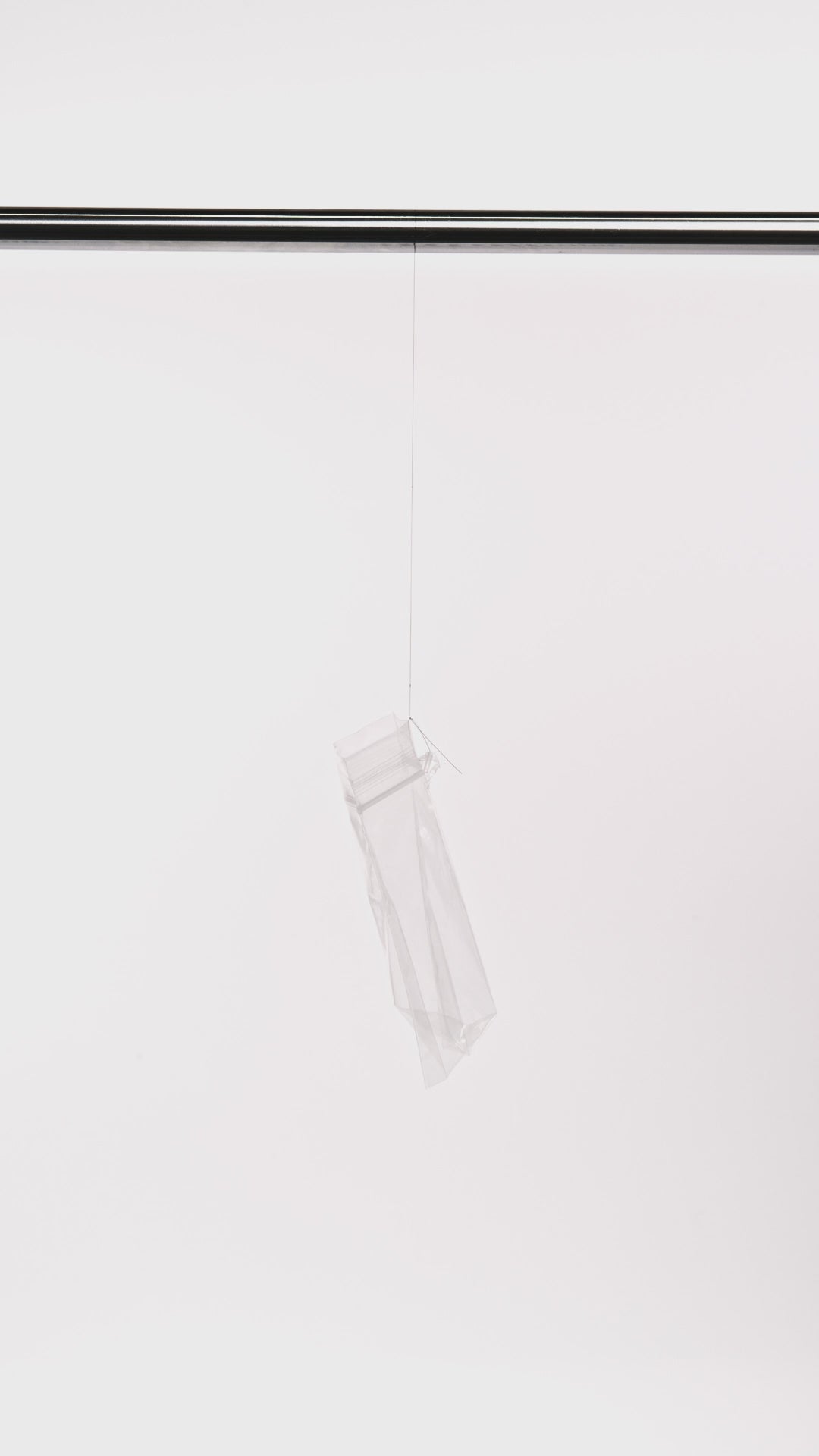
The Rubber Band Analogy: Simplifying Complex Science
To understand the transformative impact of ANATOMY® products, imagine two rubber bands. One is fresh and flexible, while the other is sun-damaged and brittle. Healthy hair is like a fresh rubber band, able to stretch and return to its original shape without breaking. Damaged hair, on the other hand, resembles the brittle rubber band, which snaps under stress. ANATOMY® products work by restoring hair to its fresh, resilient state, revitalizing the rubber band's elasticity and strength.
